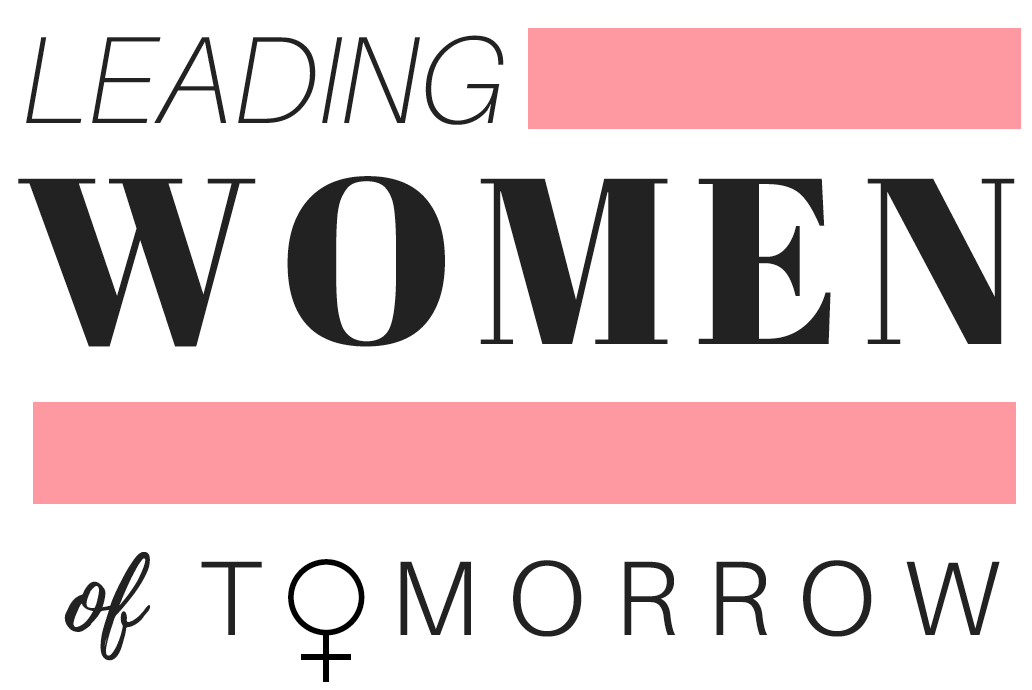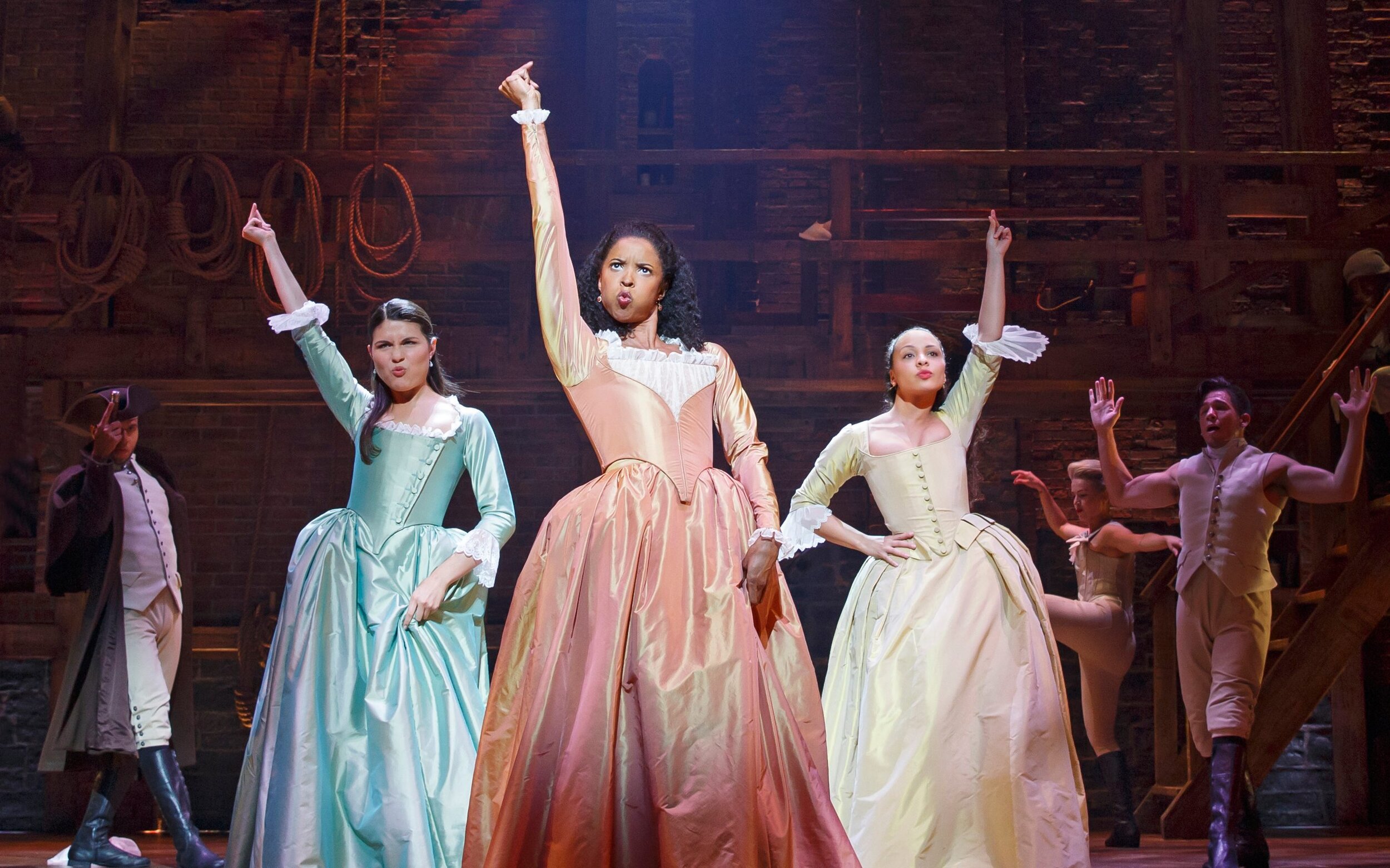Hamilton the Musical: A Woman's Impact
SOURCE: The Telegraph
It's not everyday the complex struggles of modern America are highlighted and expressed seamlessly in just under three hours. Let alone through the dynamic biographical perspective of one of our nation's most outspoken founding fathers in the form of a smash hit Rap and R&B styled Broadway musical. Yet somehow we see just that in the groundbreaking production of Hamilton the Musical which has had a landmark impact on our society since its off broadway premiere in early 2015. As a personal enthusiast and long time admirer of the award winning show, I could go on a lengthy tangent about how the show embodies the harrowing struggles of 18th and 19th century early America through the vehicle of one of the most diverse casts the entertainment world has ever seen thus allowing the audience to reflect and converse long after the curtains close. However I think one of the most paramount takeaways someone can achieve through simply watching this show and researching the historical facts are the key impacts women have had on this country from its unexpected, revolutionary birth to present day bipartisanship extremes.
America was built on the highly overlooked backs of women (and slaves) as referenced to in the musical. This assistance comes from the evolutionary duality of a woman's life. Women simultaneously bring life into this world while increasingly influencing public policy directly and indirectly as our society slowly becomes more female friendly. This is brilliantly represented through the entirety of Hamilton the Musical as we are introduced to the dynamic women who influenced Alexander Hamilton throughout his turbulent life and political career. These women include his wife, Elizabeth Schuyler or Eliza, his mother, his mistress, Maria Reynolds, and his sister in law, Angelica Schuyler. As we watch the talented ensemble lyrically and physically narrate the lives of these influential Early Americans we see the parallels between America then and America now and how history truly repeats itself.
The three female leads of Hamilton are tightly bound together by sisterhood, a motif that steadily guides the path of each sisters’ being from beginning to end. The first glimpse we have of the Schuyler sisters, Angelica, Eliza, and Peggy, gives us insight into the personal, political, and romantic motivations of these vigorous women. Like many women today the sisters are on the lookout for a significant other with a “mind at work” and possess wants of their own personal political influence. The real Angelica Schuyler lived a life of simultaneous wealth and privilege giving her the power to be in the ears of many powerful individuals. She voiced opinions and concerns about feminism in America, the French Revolution and its victims, and so much more as represented in the musical with lyrics like, “We hold these truths to be self-evident, That all men are created equal, And when I meet Thomas Jefferson, I’m ‘a compel him to include women in the sequel! Work!”. Many leading women of tomorrow would agree that it was outspoken women like Angelica who paved the way for other women to have a say in political matters otherwise historically “reserved” for men.
Another impactful feminine relationship sprinkled into the music of Hamilton is motherhood. The sudden death of Alexander’s mother when he was at the juvenile age of 12 is referred to in the musical four times from the first song, “Alexander Hamilton,” to the last, “Who Lives, Who Dies, Who Tells Your Story.” He is consistently reminded of her in times of necessity, representing the impact she had on his life as a whole, even though she was only alive for a fraction of it. Another example of the influence of motherhood can be seen in the death of Eliza and Alexander’s son, Phillip, setting the scene for one of the most emotional moments in the whole musical followed by scenes of vulnerability from the emotional parents.
SOURCE: Hamilton Wiki
All in all the most powerful female influence in Hamilton is that of the wife. This has been true for the entirety of American History where we see how essential of a role a politician’s personal life can be in their professional career. This is outlined in the show when Alexander Hamilton destroys his own chances of ever achieving presidential pursuits by publishing his pamphlet detailing the extent of his year long affair with Maria Reynolds. This is followed by the dramatic ballet, Burn, in which his devoted wife reacts to this damning knowledge of adultery that concurrently ruined her life as well. At this moment she wants to erase herself from the narrative by burning any evidence of redeeming character written in the years of letters Alexander wrote to her.
I ask anyone who sees this show, either in person or on Disney Plus, to peel back the layers of this gigantic, detailed onion. I ask you to listen to each word, each note, each phrase. Through this refined active enjoyment, one will come out respecting the show’s “hype” and finally realize who Hamilton the Musical is truly about, Eliza. She single handedly prolonged and defined the narrative of the Hamilton family legacy and many others like it allowing for them to be depicted in an accurate light in this show and in our high school history books. The show intentionally ends with Eliza’s philanthropic portfolio sung by the show’s ensemble where she reinstates herself in the narrative before she takes her final, gut-wrenching breath as she finally meets Alexander in a better world. This artistic choice allows for us to see beyond the man, to the women who made the man, and further enforces that America’s past, present, and future are female.


